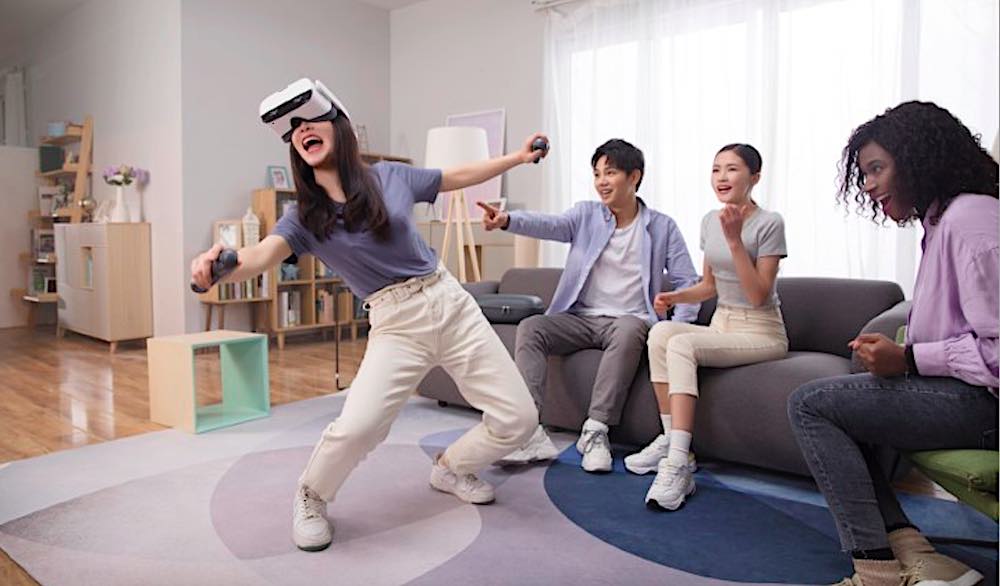Evidence shows that while RV has added value for passengers, it also affects communication with the crew and therefore possibly safety as well.
The Netherlands Aerospace Laboratory (NLR) and the airline KLM they have conducted a study to determine the possible effects on safety, on-board service, passenger experience and comfort when using a virtual reality viewer during a flight. The experiment, which took place in a KLM cabin simulator, involved 40 people who were exposed to various flight scenarios, each of which lasted approximately 10 to 20 minutes and recreated from a quiet ride to one with decompression included.
Two-thirds of the participants had a VR viewer and the rest a mobile phone with which they ran an application based at Amsterdam-Schiphol Airport, similar to that of VR users. As they comment, the normal scenarios revealed nothing beyond that on occasion the cabin crew had to make a greater effort to establish communication with people who were immersed in the virtual world. However, the turbulent flight with decompression did make it clear that, despite the noise, lights and tremor, some of the VR users were not aware of what was happening when isolated from the real world.
The full results of the trial will be available this fall. Even so, the researchers were able to verify in advance how the lack of communication can affect the level of service, and even pose a potential risk to security, something that perhaps would not happen by restricting the volume or using augmented reality viewers, since the latter do not isolate us from the real world.
During our flight to Gamescom we also thought about what could happen in the situations indicated by the study, since we were testing the experience of using the Oculus Go viewer.









